What is a Tarantula
Tarantulas are large, hairy spiders belonging to the Theraphosidae family. These fascinating creatures are renowned for their size, often inspiring a mix of awe and fear. They are primarily terrestrial, meaning they live on the ground, although some species are arboreal, residing in trees. Tarantulas are found in various habitats around the world, from tropical rainforests to arid deserts. They are nocturnal hunters, typically emerging at night to ambush their prey. Their impressive size, diverse coloration, and intriguing behaviors make them a captivating subject of study and, for some, a unique pet.
Physical Characteristics
Tarantulas possess several distinct physical characteristics that set them apart. Their bodies are divided into two main parts the cephalothorax (fused head and chest) and the abdomen. The cephalothorax bears the eyes, mouthparts, and legs, while the abdomen houses the internal organs. The entire body is covered in a protective exoskeleton made of chitin. This exoskeleton provides support and protection but also limits growth. As a result, tarantulas must molt, shedding their old exoskeleton to allow for growth. The most noticeable features of tarantulas are their large size and hairy bodies, which vary in color depending on the species.
Size and Appearance
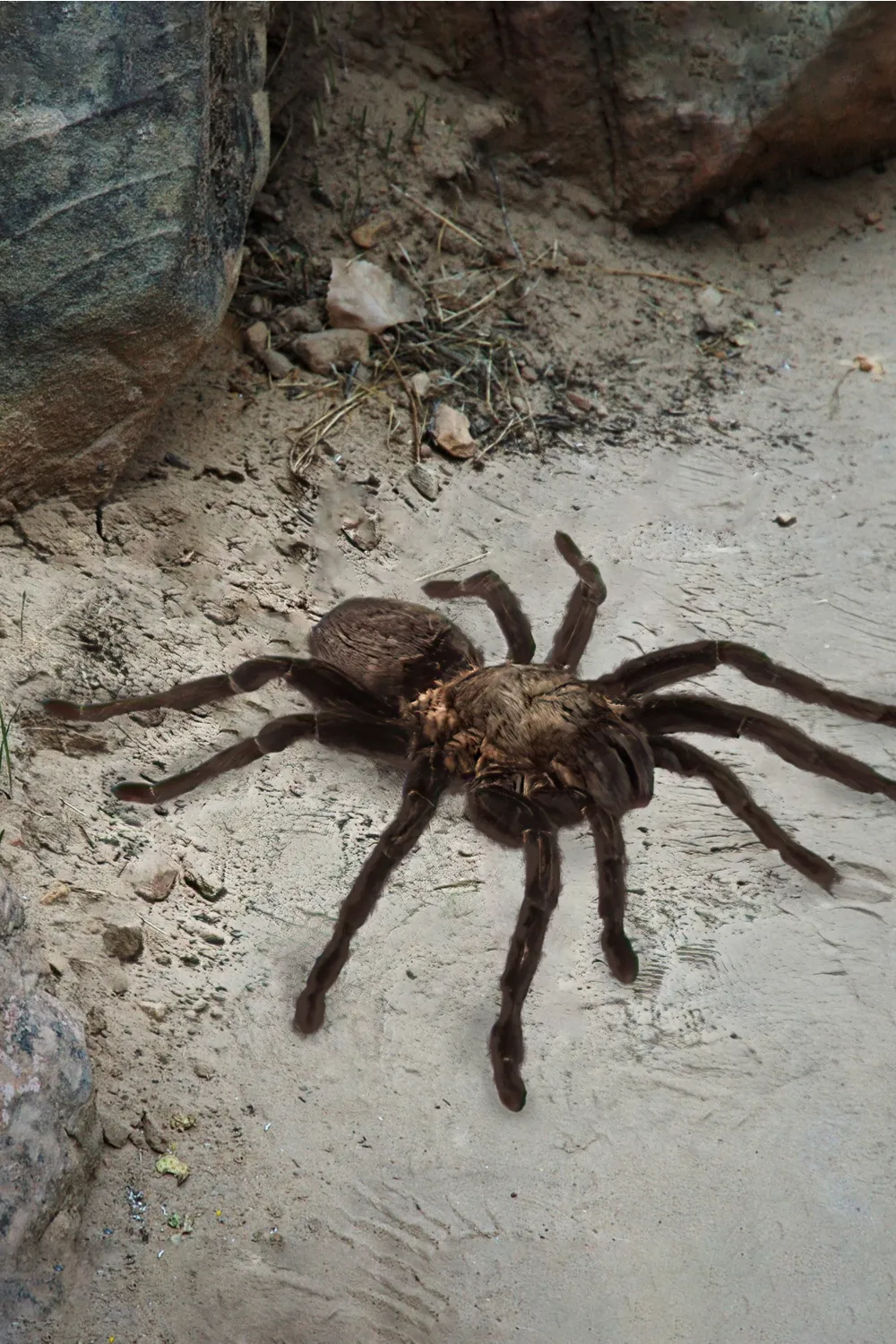
Tarantula size varies greatly depending on the species. Some smaller species might have a leg span of only a few inches, while others can reach impressive sizes. The Goliath birdeater (Theraphosa blondi), for instance, is the largest tarantula species, with a leg span that can exceed 11 inches. They are characterized by their long, hairy legs and robust bodies. The color of tarantulas varies widely, ranging from shades of brown and black to vibrant blues, oranges, and reds. The specific appearance can often be a key factor in species identification. The size is measured by the leg span, determining the size of the spider from leg tip to leg tip, it is the most common way to determine the size of the tarantula.
Color Variations
The color of tarantulas is as diverse as their habitats. Some species are predominantly brown or black, providing camouflage in their natural environments. Other species boast striking colors, such as the vibrant blue of the Cobalt Blue tarantula (Cyriopagopus lividus) or the fiery red of the Mexican Red Knee tarantula (Brachypelma hamorii). These colors can serve various purposes, including camouflage, warning signals to predators, or even mate attraction. The coloration can change slightly depending on the tarantula’s age, the molting cycle, and the environmental conditions. The intricate patterns and shades on the bodies of these spiders are certainly something unique to appreciate.
Tarantula Habitats
Tarantulas are found in a variety of habitats around the world. Their adaptability allows them to thrive in different environments, from the humid rainforests of South America to the arid deserts of the southwestern United States. The specific habitat preferences vary depending on the species. Some tarantulas are terrestrial, living on the ground, while others are arboreal, residing in trees. Understanding the natural habitat of a tarantula is crucial for providing proper care in captivity. This knowledge allows enthusiasts to replicate the ideal conditions for the spider’s well-being, including temperature, humidity, and substrate.
Natural Habitats
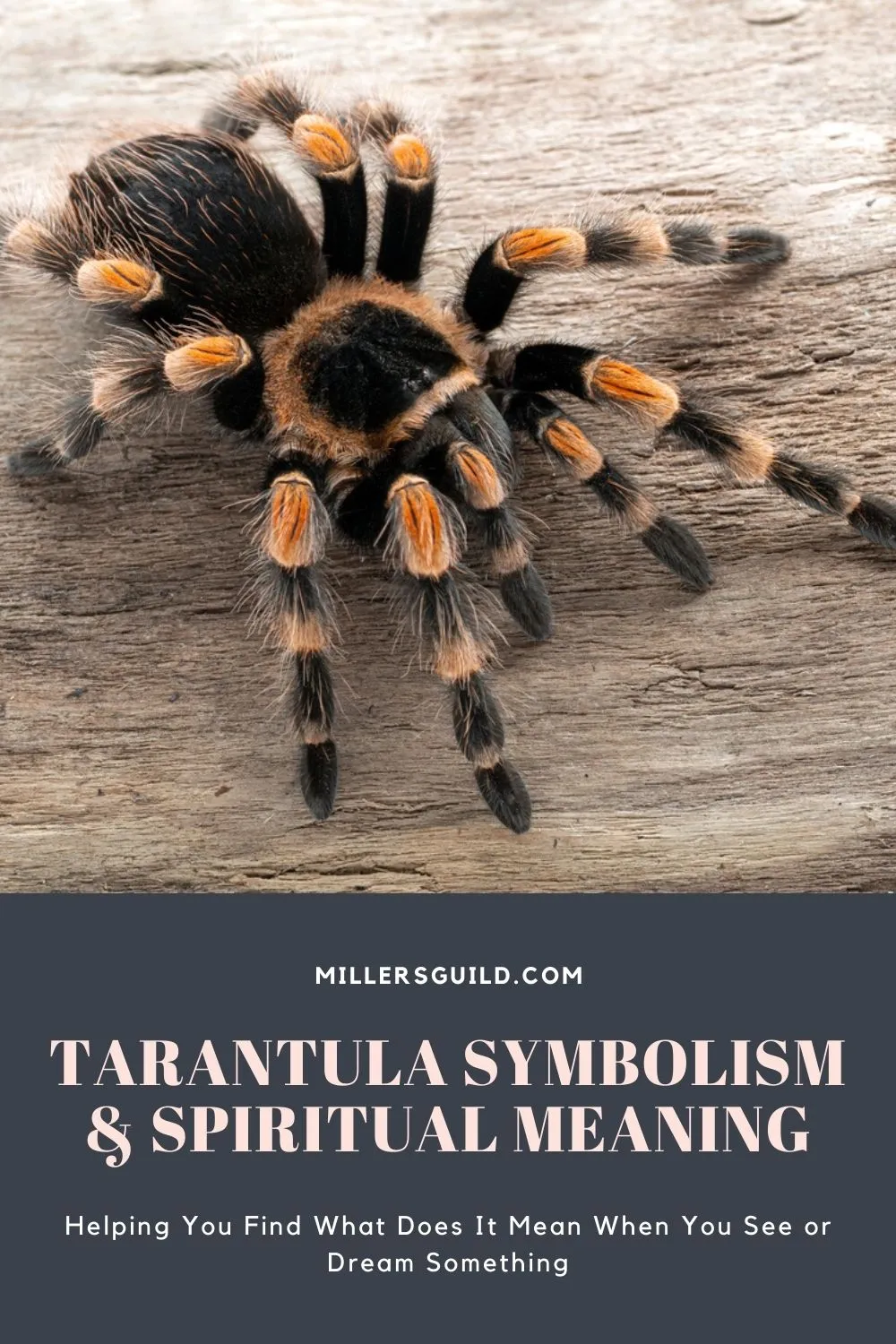
Tarantulas have adapted to a wide range of natural habitats. Terrestrial species often live in burrows, which they dig themselves or find pre-existing. These burrows provide shelter from the elements and a safe haven from predators. They line their burrows with silk to stabilize the walls and create a comfortable environment. Arboreal tarantulas, on the other hand, typically live in trees, under the bark, or in the crevices of branches. They use their strong claws to climb and silk to create a web-like retreat. Other tarantulas are found in rocky areas, grasslands, and even urban environments, demonstrating their remarkable adaptability.
Popular Tarantula Species
Certain tarantula species are particularly popular among enthusiasts. The Mexican Red Knee tarantula is a favorite due to its striking colors and relatively docile temperament. The Chilean Rose tarantula is another popular choice, known for its hardiness and ease of care. The Goliath birdeater, while impressive in size, is kept by experienced keepers. Other popular species include the Cobalt Blue tarantula, the Pinktoe tarantula, and various species of the Brachypelma genus. When choosing a tarantula, it’s important to research the specific needs of each species to ensure a suitable environment and care plan can be provided.
Identifying Tarantulas
Identifying tarantulas can be a fascinating but sometimes challenging endeavor. Accurate identification requires careful observation of various characteristics, including physical features, behavior, and habitat. Distinguishing different species often involves examining the color patterns, the presence or absence of urticating hairs, and the structure of the pedipalps (small leg-like appendages near the mouth). Using reliable field guides or consulting with experienced tarantula keepers is essential for accurate identification. Incorrect identification can lead to misunderstandings about a tarantula’s temperament and care requirements.
Distinguishing Features
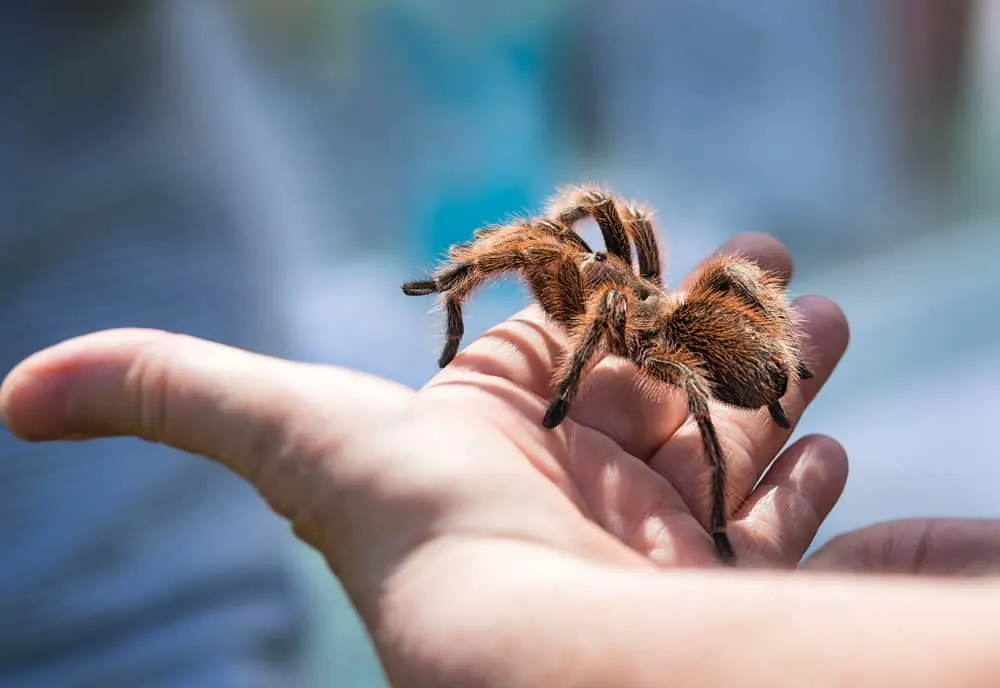
Several features help in identifying tarantulas. Coloration is a primary indicator, with patterns and shades varying significantly between species. The presence of urticating hairs, which are barbed hairs used for defense, is also important. Some species readily flick these hairs at perceived threats, while others are less inclined to do so. The structure of the pedipalps and the shape of the spinnerets (silk-producing organs) also provide clues. Furthermore, the size and shape of the fangs, along with the presence of specific markings, can aid in identification. Examining these details is crucial for correctly identifying a specific tarantula.
Behavioral Traits
Observing the behavior of a tarantula can also help with identification. Some species are known for being more docile, while others are more defensive. The way a tarantula reacts to stimuli, such as a sudden movement or a perceived threat, can provide valuable information. Some species are more prone to hiding, while others are more active and exploratory. The type of web a tarantula builds, if any, can also be a clue. Certain species are known for their elaborate web structures, while others prefer to live in burrows or under cover. Careful observation of these behavioral traits, combined with physical characteristics, can help in identification.
Caring for Tarantulas
Caring for tarantulas can be a rewarding experience. However, it’s important to be prepared and knowledgeable about their specific needs. Providing a suitable enclosure, maintaining the correct temperature and humidity levels, and offering appropriate food are essential for their well-being. Tarantulas are relatively low-maintenance pets, but they do require regular care and attention. Thorough research on the specific species you intend to keep is crucial to ensuring that you provide the best possible environment for your tarantula to thrive. A well-cared-for tarantula can live for many years, offering an intriguing and educational pet ownership experience.
Setting up a Tarantula Enclosure
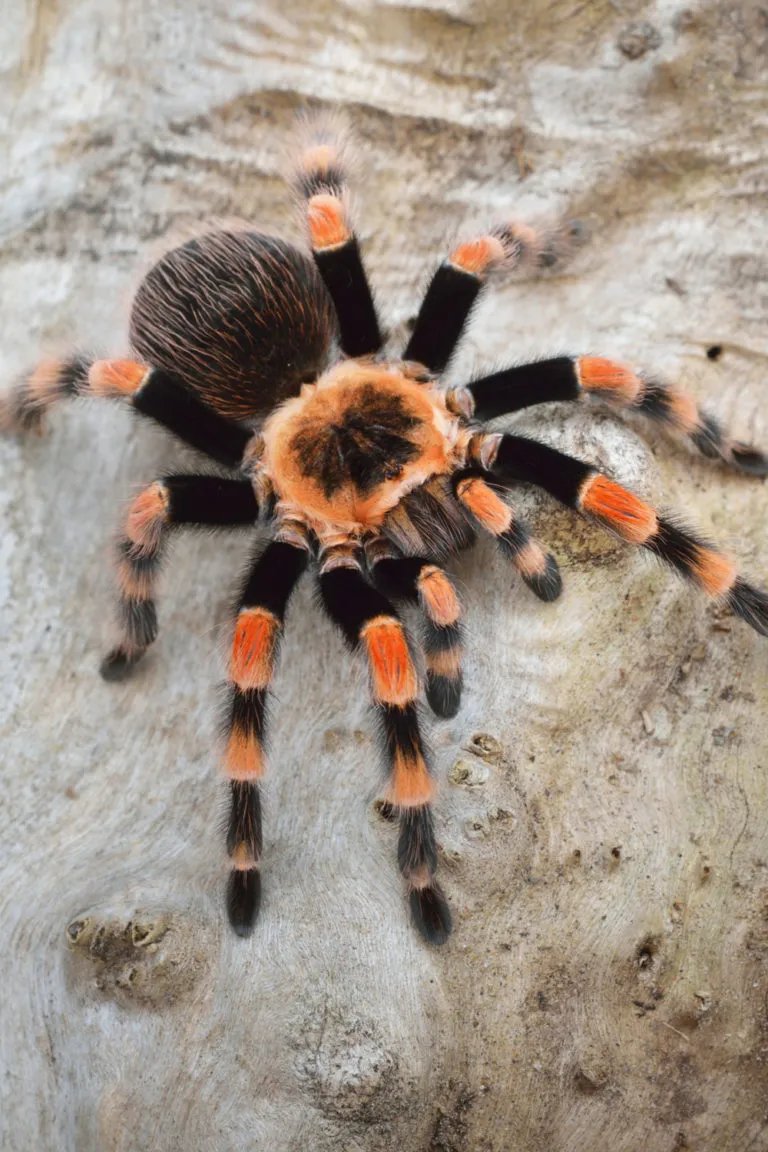
The enclosure should be appropriately sized for the tarantula species. A secure lid is essential to prevent escapes. The substrate should be appropriate for the species. For terrestrial species, a substrate like coconut fiber or peat moss is ideal, providing a surface for burrowing. Arboreal species require vertical space, with the inclusion of branches or cork bark for climbing. Maintain a consistent temperature and humidity level, using a thermometer and hygrometer to monitor the conditions. Provide a water dish with fresh water at all times, and consider adding a hide, such as a piece of cork bark or a decorative cave, for the tarantula to retreat to. Proper ventilation is also important to prevent mold and maintain air quality.
Feeding Tarantulas
Feeding tarantulas is relatively straightforward. They are primarily insectivores, meaning they eat insects. The frequency of feeding depends on the age and size of the tarantula. Spiderlings need to be fed more frequently than adults. Crickets, mealworms, roaches, and other readily available insects are common food choices. The size of the food item should be appropriate for the tarantula’s size. Overfeeding can lead to health problems, so it’s essential to monitor the tarantula’s condition and adjust the feeding schedule accordingly. Remove any uneaten food within 24 hours to prevent mold or mites from infesting the enclosure. Always provide a source of fresh water.
Handling Tarantulas
Handling tarantulas should be approached with caution. While some species are docile, others can be defensive and may bite or flick urticating hairs. Before attempting to handle a tarantula, research the specific species and understand its temperament. It’s generally recommended to avoid handling tarantulas unless necessary. If handling is unavoidable, do so close to the ground to prevent injury in case the tarantula falls. Encourage the tarantula to walk onto your hand, rather than trying to grab it. Be gentle and avoid sudden movements, as these can startle the tarantula and lead to a defensive reaction. Always wash your hands thoroughly after handling a tarantula, as urticating hairs can cause skin irritation.
Common Health Issues
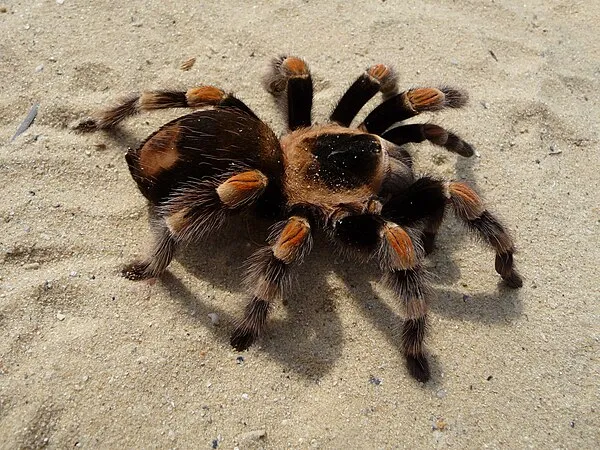
Tarantulas, like any other animal, can experience health issues. Understanding these potential problems and knowing how to prevent or address them is essential for responsible tarantula care. Regular observation of the tarantula’s behavior, appearance, and feeding habits can help detect any signs of illness early. Providing a clean and suitable environment and proper care can help prevent many common health problems. If a tarantula shows signs of illness, it is important to consult with a veterinarian experienced in exotic animals. Prompt intervention is important to ensure the tarantula has the best chance of recovery.
Molting
Molting is a natural and essential process for tarantulas, as they shed their exoskeleton to allow for growth. During molting, the tarantula becomes vulnerable, so it’s important to provide a safe and stress-free environment. The tarantula will typically stop eating and may spend time in a retreat. The molting process can take several hours or even days, depending on the size of the tarantula. After molting, the tarantula’s new exoskeleton is soft and vulnerable. Avoid disturbing the tarantula during this period. Provide plenty of water. The tarantula will resume eating once its new exoskeleton has hardened. Keep a close eye on the tarantula during the molting process.
Parasites and Diseases
Tarantulas can be affected by parasites and diseases. Mites are a common problem, and they can be introduced through the substrate or live food. They can cause irritation and weaken the tarantula. Fungus can also be a problem in enclosures with high humidity and poor ventilation. Bacterial infections can occur if the tarantula is injured or has a weakened immune system. Preventative measures include maintaining a clean environment, using a high-quality substrate, providing fresh water, and quarantining new tarantulas or insects. If you suspect your tarantula has a health issue, it is essential to consult with a veterinarian experienced in exotic animals for diagnosis and treatment. Early detection and intervention are critical for the tarantula’s well-being.
Tarantula Facts Conclusion
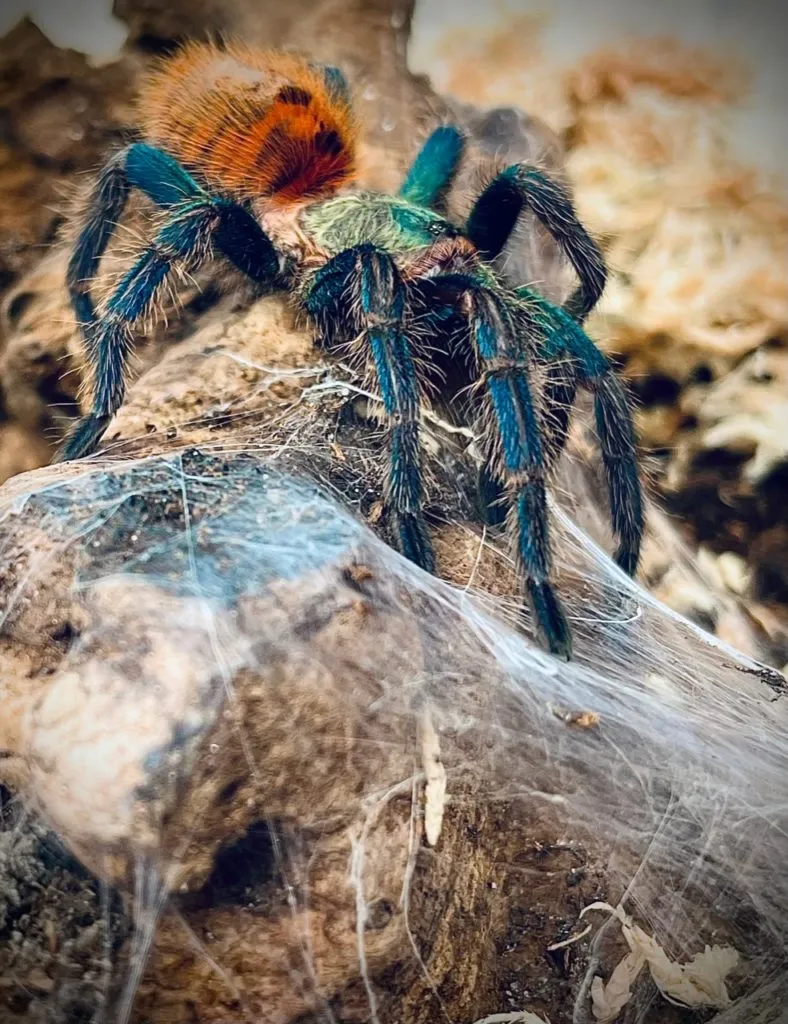
Tarantulas are amazing creatures, fascinating to observe and, for some, rewarding to keep as pets. Understanding their characteristics, habitats, and care requirements is essential for anyone interested in these remarkable arachnids. Proper care and research can ensure that these impressive spiders thrive in captivity. By providing the right environment, feeding them appropriately, and handling them with care, you can contribute to their well-being and enjoy the unique experience of owning a tarantula. With their diverse appearances and behaviors, tarantulas offer a glimpse into the wonders of the natural world. If you are fascinated by these creatures, take the time to appreciate their incredible existence.
